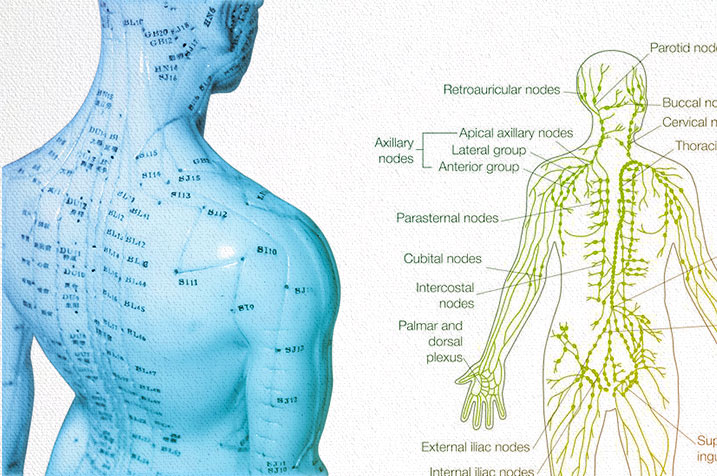A study of San Jiao (三膲) and the Lymphatic system.
A lot of our patients have asked us why we spend time educating people about lymphatic health and system, which is seemingly a Western concept, when we are primarily a TCM organization?
To understand the link between the two, we must first understand the differences between how Traditional Chinese Medicine (TCM) and Western Medicine evolved to the same goal of healing the body. TCM evolved over the last 5000 years based on practice and observing experiences of patients, often seeing the body as a whole inter-connected system. Western medicine roots back to the 19th century and is derived from scientific research and studies. However, modern research has started to put medical ‘names’ to the TCM concepts that have existed for thousands of years. For example, “the essence of kidney” is a core concept in TCM theory and modern studies123 have shown that “kidney deficiency syndrome” is equivalent to the aging in modern medicine4. Similarly, some studies showed that what is known as “heart qi deficiency” is associated with cardiac insufficiency in modern medicine567.
In this article, we will share how our lymphatic system has been observed to share many similarities with the TCM concept of 三焦 (San Jiao) and meridians. These, along with a renewed understanding on the importance of our lymphatic system in fighting against hormonal, metabolic and cancer related issues with recent studies, is the reason for our increasing focus on good lymphatic health here at Oriental Remedies Group.
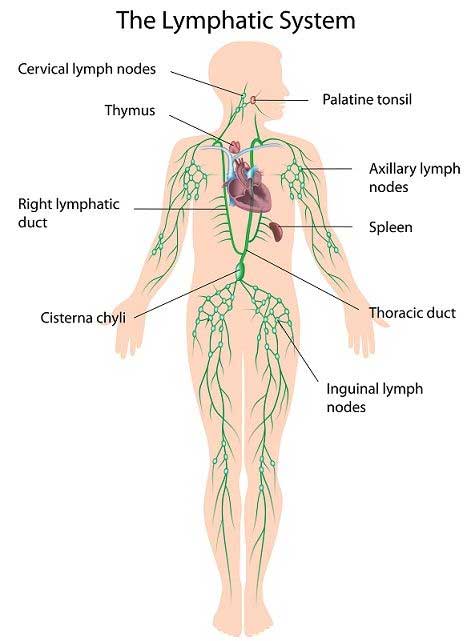
The Lymphatic System and San Jiao
The lymphatic system is an intricate web of lymph nodes and vessels that spans throughout our body, with the primary function of transporting lymph fluids containing toxins, biological waste, different types of proteins and fats throughout the body. (Refer to our Article: Understanding Our Lymphatic System And How It Works for more information on our Lymphatic System).
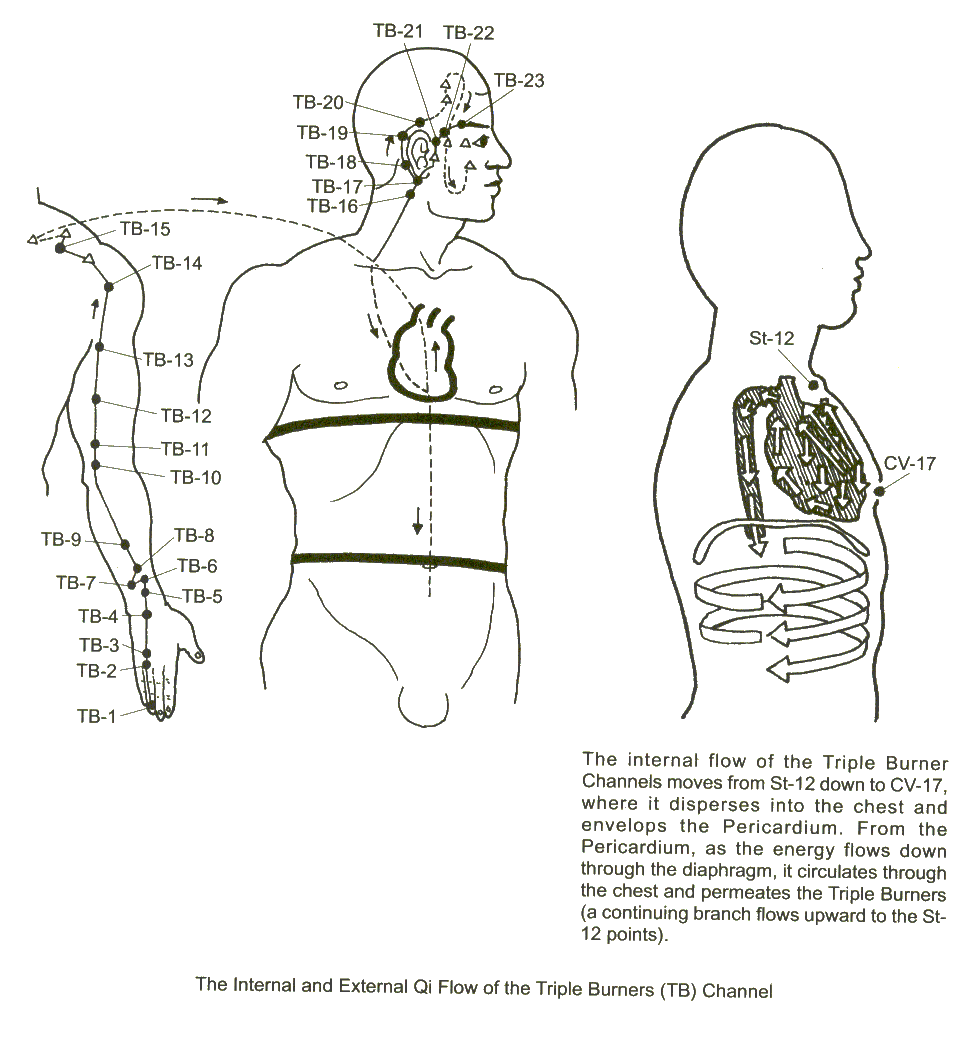
Source: lieske.com
San jiao, also referred to as “Triple Warmer”, is not an organ but it is important in TCM because it is an omnipresent structure that contains the different bodily systems and organs, and is deeply involved with the functions of the different organs in the San Jiao by being the passageway for fluids, food essence, waste etc. For the body to carry out its normal functions, there must be a good balance and a clear passageway for the exchange of these essential materials between the 3 different energizers.
Despite not having a physical structure, San Jiao serves a very important function as a passageway for the movement of “qi”, heat and fluid throughout the body. It is also vital in the removal of wastes and is closely involved in the metabolism processes in the body. Just like the San Jiao, the lymphatic system also shares similar functions of:
1) fluid regulation
2) elimination of wastes and toxins
3) playing a part in our body’s metabolism.
Figure 1 and 2: Visualization of San Jiao and Lymphatic System
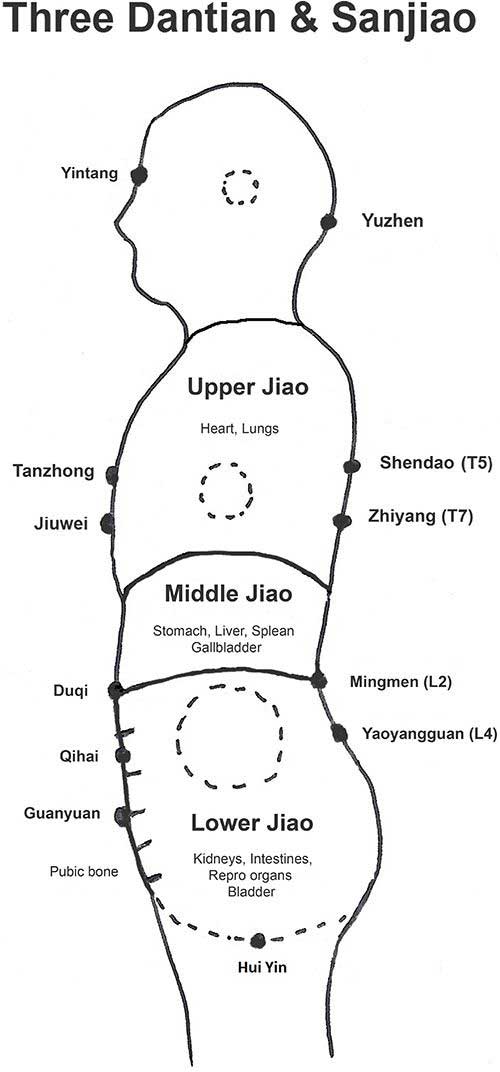
Figure 1: San Jiao can be broadly separated into 3 different parts: Upper Energizer (上焦), Middle Energizer (中焦) and Lower Energizer (下焦). Different organs and visceras belong to each of the different parts according to their location in the body.
1) Fluid Regulation:
Whether you are diagnosed with problematic lymphatic system by Western medicine or deficient San Jiao by TCM practitioner, they will both point to a pathologic condition of edema.
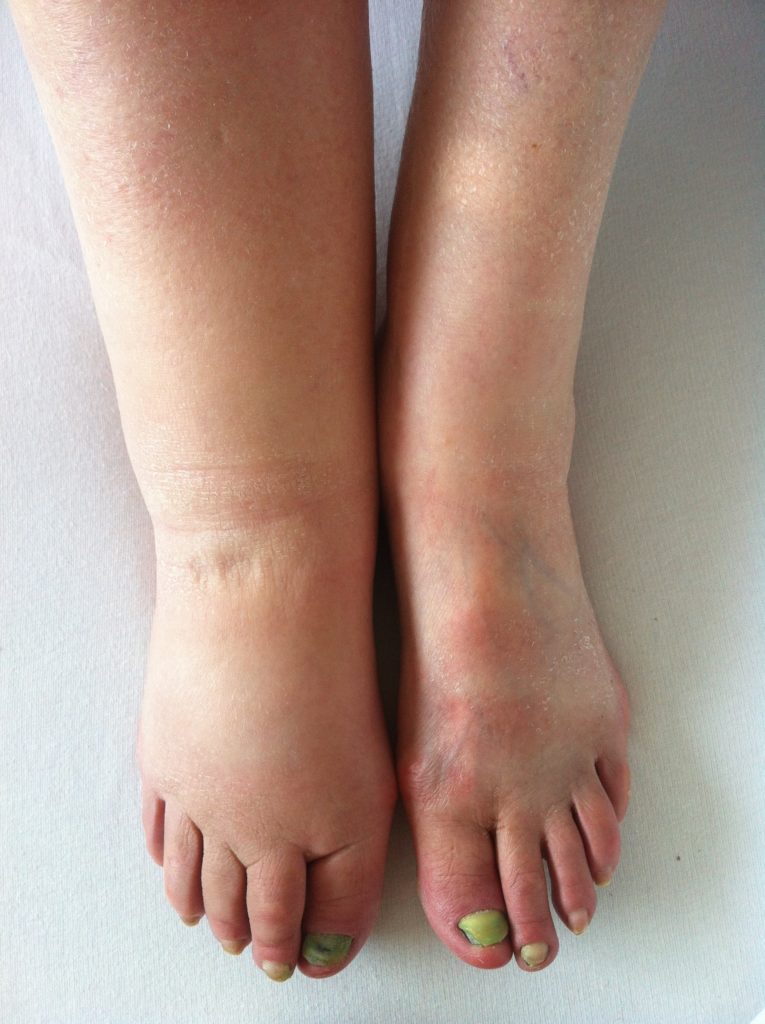
Fluid regulation is a very important function of our body’s lymphatic system. When excess fluid is not removed, water retention happens and water is collected at the area. This is what we commonly known as water retention, swelling or edema. In technical terms, at our capillaries, fluid from blood plasma exits the blood vessels and while most returns almost immediately to the blood in the capillaries by osmosis, some remains in interstitial spaces as extracellular fluids and must be returned to the blood by way of the lymphatic vessels. The lymphatic system removes these excess fluids left behind in the cells and returns them into the circulatory system when the lymph fluids enters the subclavian veins via the thoracic duct and right lymphatic duct.
Similarly in TCM, our San Jiao serves an important role in fluid regulation. San Jiao is the connection pathway between various organs and it ensures that fluid is able to flow between the different organs in separate energizers in order for our body to function normally. Our body fluid is derived from food broken down by our digestive system and is processed by different organs to moisten and nourish the viscera and the body. In particular, the most important organs for water metabolism are the lung in the upper energizer, the spleen in the middle and the kidney in the lower energizer. The ancient traditional chinese book Elementary Questions (Su Wen) explains, “The Triple Burner holds the office of the sluices; it manifests as the waterways.”
2) Waste Disposal:
Both the lymphatic system and the San Jiao function to eliminate waste from the body.
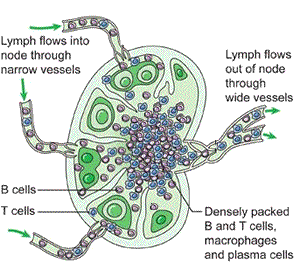
Our lymph nodes filter waste and foreign particles in the lymph, then adds lymphocytes and antibodies before the purified lymph returns to the circulatory system. In doing so, the lymphatic system ensures that any remaining waste in the cells are returned back into the venous blood are excreted from the body via the kidneys etc. And as lymph capillaries are bigger than blood capillaries, it helps in the disposal of larger wastes such as unwanted proteins. In more technical terms, arterial blood carries oxygen, nutrients, and hormones for the cells. It enters the cells at capillaries and 90% of this fluid, now carrying waste products from the cells, then returns to the circulatory system as venous blood. The remaining 10% of this fluid becomes lymph which enters our lymphatic system. This waste is protein-rich due to the undigested proteins that were removed from the cells.
Correspondingly, the kidney and intestines in the lower energizer of San Jiao is also responsible for the elimination of wastes. The food that we take in is processed by the middle energizer and while the essence of food is absorbed into our body, the remaining wastes are transported to the lower energizer and removed as urine or feces.
3) Fat absorption/ Metabolism:
Both the lymphatic system and the San Jiao are involved in transformation and transportation of nutrients.
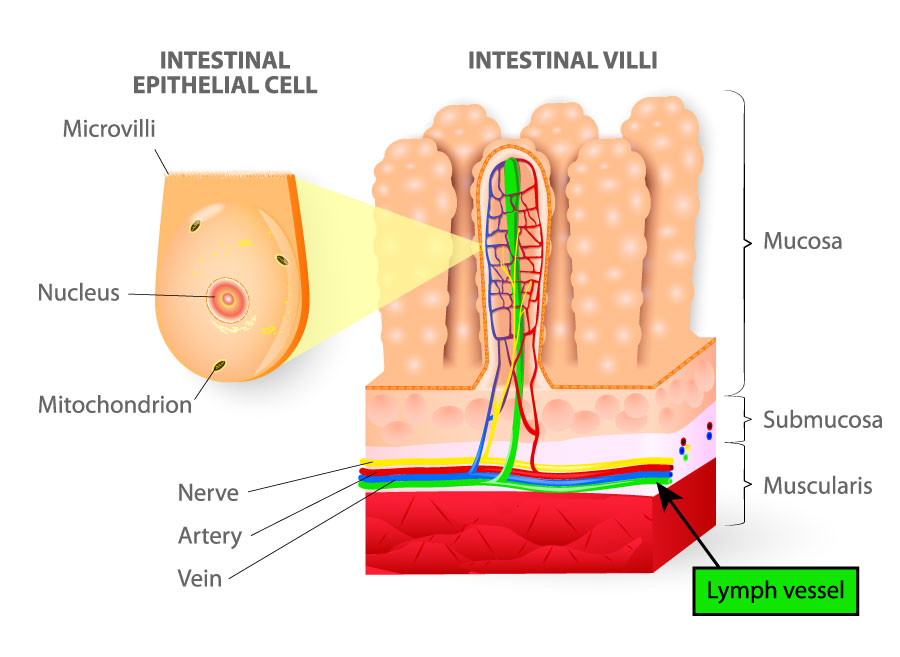
The lymphatic system is also closely linked to digestion, with many lymph nodes found in the stomach area. Lacteals are specialized lymph capillaries in the villi of the small intestine; they absorb the fat-soluble end products of digestion, such as fatty acids and vitamins A, D, E, K and transport them to the circulatory system at the subclavian veins via the thoracic duct. Hence, a malfunction of this part of the lymphatic system can result in serious malnutrition. The lymphatic system also impacts diseases such as excessive obesity caused by abnormal fat and carbohydrate metabolism.
Similarly, the spleen in the middle energizer of San Jiao is closely associated with transformation and transportation of food nutrients. The energy for the distribution of nutrients on the other hand comes from the qi movement by the organs of the upper energizer.
The link between the Lymphatic System and the San Jiao
With all these similarities, we believe that these two entities are possibly related, with some even hypothesizing San Jiao to be the interstitial space between cells in tissues, where the extracellular liquid enters into the lymphatic vessel to form the lymph. Therefore a healthy lymphatic system is essential for a healthy running San Jiao. When the lymphatic system is not overloaded and stagnant with waste proteins and pathogens, we will also be able to enjoy a healthy passageway between the different energizers.
The Lymphatic System and the Meridian system
Now, let us venture into how the lymphatic system is similar to our TCM meridian system. To do so, we must first understand what TCM meridians are.
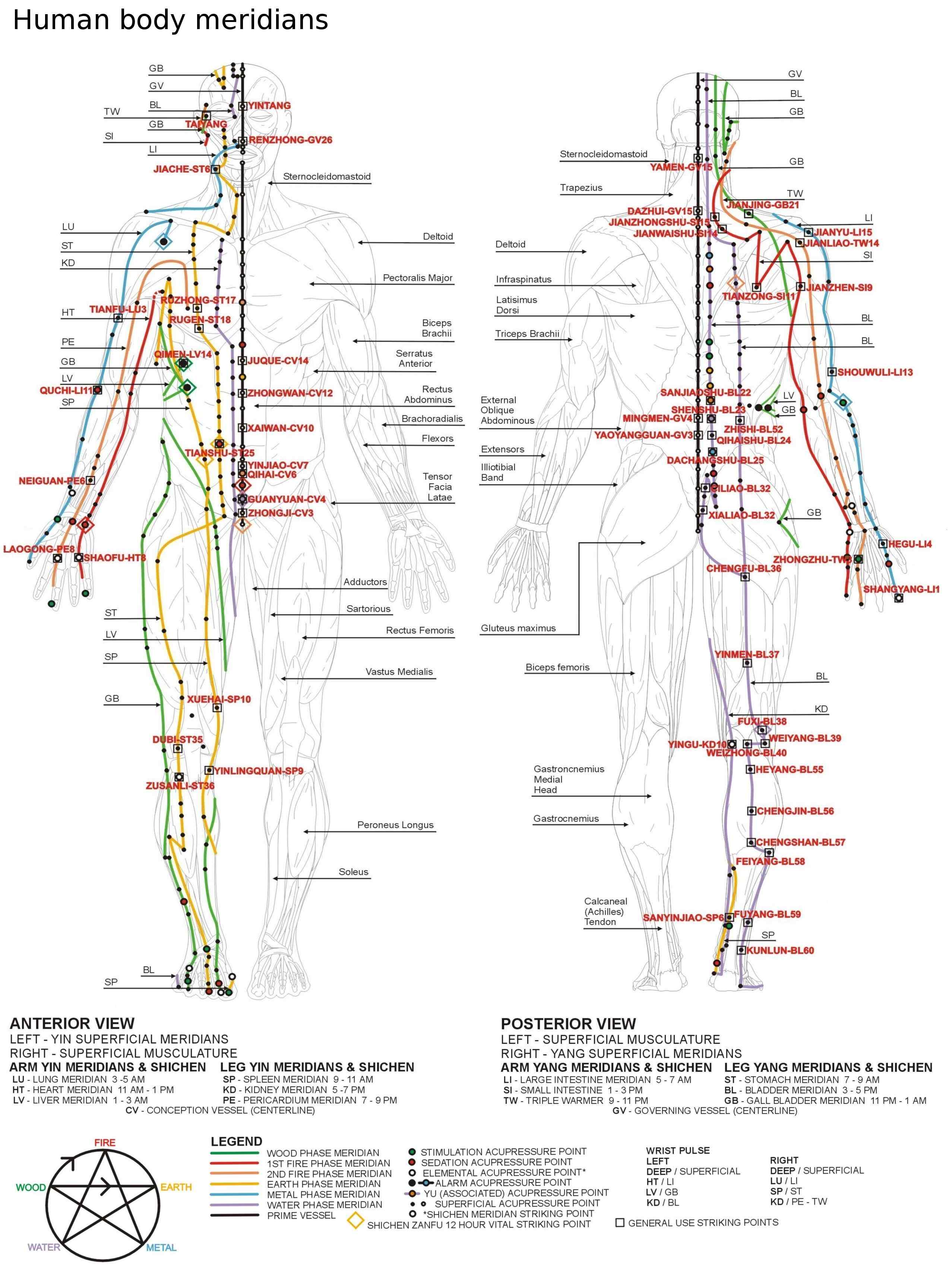
Source: wikipedia.org
Meridian System
The meridian system serves as a channel through which vital energy or “qi” flows, flowing through our entire body, from our internal organs to our extremities. By stimulating different acupuncture points along the meridians, it promotes the flow of qi in the meridian and also allows for the release of various biochemical signals such as neurotransmitters that positively affect systems in our body in various ways.
In more scientific terms that modern people can relate to, the meridian system is now referred to as the primo vascular system (PVS), and PVS is found within lymph vessels. In 2003, researchers from the Seoul National University revisited the 1962 work of Dr. Bonghan Kim, who first reported evidence of a circulatory system comprised of meridians, which is now called PVS or colloquially referred to as the Bonghan system. The Bonghan system is a newly-discovered circulatory system, which corresponds to classical acupuncture meridians. Using BHS-specific dye, trypan blue, the Korean researchers were able to confirm the presence of these systems in adipose tissue. Further studies also confirmed the presence of PVS in the thoracic ducts and tissues as well as brain ventricles, blood vessels, lymph vessels, and even cancerous tumors using fluorescent systems and electrophysiological techniques.
Other research has also found unique structures of acupuncture points and acupuncture meridians using MRI (magnetic resonance imaging), infrared imaging, LCD thermal photography, ultrasound and CT imaging methods. CT scans revealed clear distinctions between the anatomical structures at non-acupuncture points and acupuncture points. Acupuncture points have a higher density of micro-vessels and contain a large amount of involuted microvascular structures.
Lymphatic System
Very similar to the meridian system, the lymphatic system circulates nutrients and removes waste throughout the body, The lymphatic system closely corresponds to the circulatory system on the basis that much of the lymph vessels are found at capillaries as well as the fact that the lymphatic system drains back into our circulatory system via the thoracic duct.
It is also suggested that combining assisted lymphatic drainage with acupressure massage or acupuncture would magnify the results for patients by approximately 10 times8!
Acupressure and acupuncture originated in Asia thousands of years ago as a form of healing that involves using the fingers and/or needles to firmly press specific points on the body. Pressing and needling these points is supposed to stimulate innate self-healing abilities contained in the human body by discharging muscle tension and improving circulatory system functioning. Lymph drainage concerns relieving lymph nodes of infected material that causes them to swell, a symptom frequently seen in ear infections, mononucleosis, lupus and most chronic illnesses. Acupressure and acupuncture may assist in reducing lymph node swelling and relieve associated illnesses. When combined with Electro-Lymphatic Therapy (ELT), the results are magnified approximately 10 times. By releasing the toxins into the lymphatic system and quickly dissolving the congestion for easy exit, the lymphatic drainage therapy clients have less of a detox reaction and most experience a sense of wellness and energy boost.
The link between the Lymphatic System and the Meridian System
With the recent discoveries of acupuncture points and the presence of primo vascular system in lymphatics vessels, it further shows potential relation between the TCM meridians and our lymphatic system. This means that a poor lymphatic system could potentially impact the meridians and the flow of qi through them.
Conclusion
Oriental Remedies group firmly believes in taking on an integrative approach because we understand that the different biological systems in the body closely connects with the traditional chinese medicine concepts. This belief is supported by the similarity observed with our lymphatic system as covered in this article. As such, we believe that a healthy lymphatic system goes hand in hand with a healthier San Jiao and Meridian, and is able to better aid in recovery works of the different TCM treatment methods in treating different issues faced by our patients.
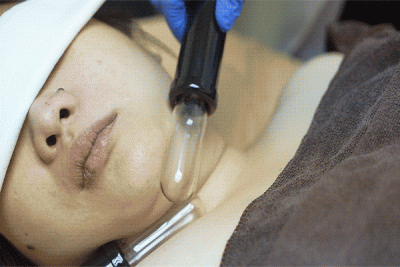
The Electro-Lymphatic Therapy (ELT) is one of the technology-enhanced therapies we have at our clinic, that we believe will be able to help patients achieve better lymphatic drainage and boost their overall well-being.
According to Sleepopolis some good habits for better lymphatic flow is to stay hydrated, exercise regularly, get enough sleep and eat your vegetables!
If you are a TCM physician looking to complement your patient care with ELT, or a TCM-enthusiast looking to enhance the effects of your TCM treatment, please feel free to contact us for a chat at [email protected] or +65 8742 2163.
Article by
Hannie Hong (Oriental Remedies Group, Singapore), a registered therapist certified by the Lymphology Association of Asia, with contribution from wellness blogger Eatprayflying.com, Beatrice Liu
Disclaimer:
The information on this page is for information and educational purposes only. Such medical information may relate to disease, injury, drugs and other treatments, medical devices and/or health products. Medical information does not amount to advice, and if advice is needed an appropriate professional help should be sought. The disclaimer asserts that no warranties or representations are given in respect of the medical information, and that the website operator should not be held liable if a user suffers any injury or loss after relying upon the medical information.
Electro-Lymphatic Therapy using Lymph-Drainage XP-II is intended for use only for general well-being purposes or to encourage or maintain a healthy lifestyle, and it is not intended to be used for any medical purposes (such as detection, diagnosis, monitoring, management or treatment of any medical condition or disease). Please consult a physician for any medical advice required.
References:
[1] Z. Y. Shen, “Contemplation and practice on research from kidney essence to syndrome essence—promotion of mutual supplement of Chinese and Western medicines to a higher level by research on integration of Chinese and Western medicines,” Shanghai Journal of Traditional Chinese Medicine, vol. 34, no. 4, pp. 4–7, 2000. View at Google Scholar
[2] Z. Shen, Z. Zheng, and W. Guo, “Clinical and experimental study on retardation of immunosenescence by kidney tonifying principle,” Chinese Journal of Integrated Traditional and Western Medicine, vol. 22, no. 3, pp. 178–181, 2002. View at Google Scholar · View at Scopus
[3] Z. Shen, “Study on the regulation of HPAT axis molecular network in patients with aging-physiologic shen-deficiency syndrome,” Chinese Journal of Integrated Traditional and Western Medicine, vol. 24, no. 9, pp. 841–843, 2004.
[4] Jingcheng Dong, “The Relationship between Traditional Chinese Medicine and Modern Medicine,” Evidence-Based Complementary and Alternative Medicine Volume 2013
[5] K. J. Chen, “Certain progress in the treatment of coronary heart disease with traditional medicinal plants in China,” American Journal of Chinese Medicine, vol. 9, no. 3, pp. 193–196, 1981.
[6] K. J. Chen and J. Su, “Progress of research on ischemic stroke treated with Chinese medicine,” Journal of Traditional Chinese Medicine, vol. 12, no. 3, pp. 204–210, 1992.
[7] K. J. Chen, “Efficacy of traditional medicine in cardiovascular diseases in the People’s Republic of China,” Ancient Science of Life, vol. 1, no. 4, pp. 192–199, 1982.
[8] Dr Jennifer Johnson, 2019

